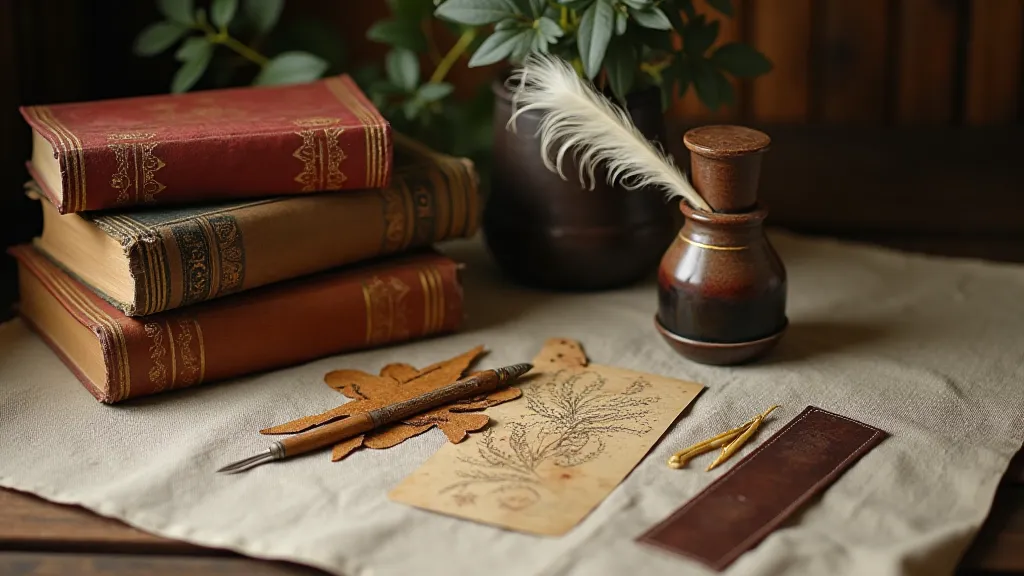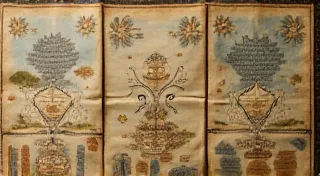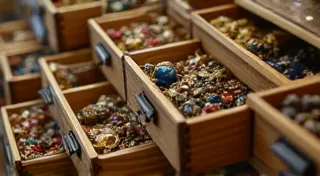Whispers of Vanity: Bookmark Etiquette and the Pursuit of Literary Status
The humble bookmark. A mere sliver of card, silk, or metal, nestled within the pages of a beloved book. We often think of it as a functional tool, a simple marker indicating our place in a narrative. Yet, to dismiss vintage bookmarks as merely utilitarian is to overlook a rich and fascinating history, a history intertwined with social customs, burgeoning literacy, and the subtle dance of status and refinement. They were once, and in some ways, still are, whispers of vanity – tangible demonstrations of cultural appreciation and a subtle declaration of one's place within the literary landscape.
My own fascination with these diminutive treasures began not with a grand acquisition, but with a quiet discovery in my grandmother’s attic. Among the forgotten furniture and moth-eaten tapestries, I found a small, velvet-lined box. Inside, lay a collection of bookmarks – each one a portal to a forgotten era. There was a delicately painted watercolor of a Victorian garden, another embossed with a crest and motto, and a third, fashioned from intricately woven silk, its edges fringed with gold thread. These weren't just bookmarks; they were artifacts, echoes of a time when reading wasn't just a pleasure, but a mark of distinction.
The Rise of the Bookmark: Literacy and Leisure
Prior to the Victorian era, most readers simply folded the corner of a page, or used a piece of thread or ribbon. Books were expensive and precious, often chained to shelves in libraries. Folding a page felt disrespectful. As literacy slowly increased and books became more accessible – though still a significant investment – the need for a more dignified method of marking one's place became apparent. The burgeoning middle class, eager to demonstrate their newfound education and leisure time, embraced the bookmark as a symbol of their aspirations.
The mid-19th century saw the rise of the “bookmark craze.” Manufacturers began producing them in ever-increasing variety – from simple paper slips printed with patriotic slogans to elaborate creations featuring pressed flowers, miniature photographs, and even tiny, hand-painted scenes. These weren't simply utilitarian objects; they were miniature works of art, often more valuable than the book they protected. Giving a beautifully crafted bookmark became a gesture of respect and affection, a subtle way of indicating one's literary taste.
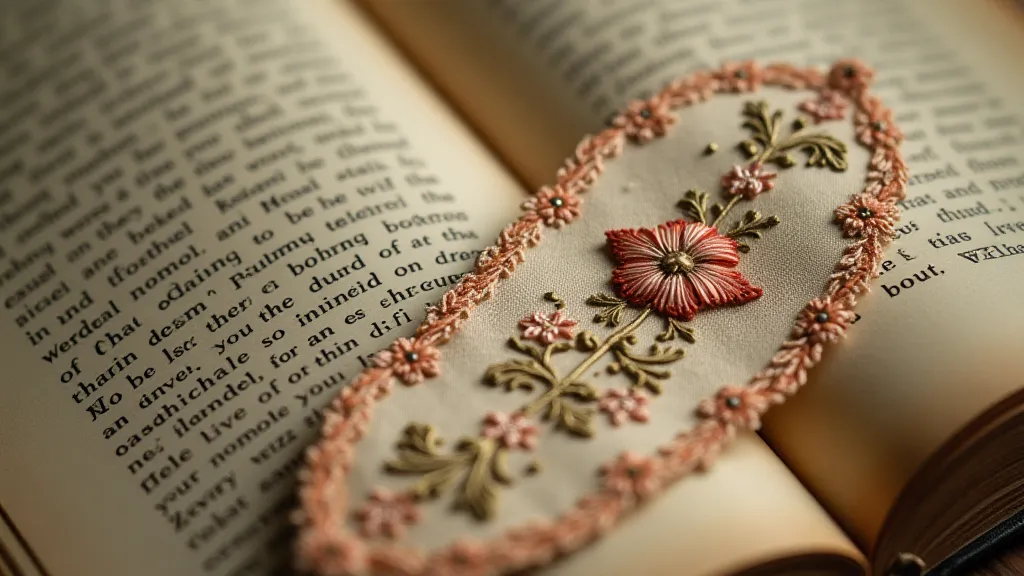
The Language of Materials: Signaling Status
The material from which a bookmark was made spoke volumes about the owner's social standing. A simple paper bookmark, perhaps printed with a moralistic verse, might be found in the hands of a working-class reader. Silk and velvet bookmarks, often adorned with intricate embroidery or hand-painted designs, were the domain of the wealthy elite. Metal bookmarks, particularly those crafted from silver or gold, were reserved for the most discerning collectors.
Consider the prevalence of crests and mottos. These were not simply decorative elements; they were visual declarations of family lineage and social identity. A bookmark bearing a prominent coat of arms signaled membership in a respectable family, while a carefully chosen motto conveyed personal values and aspirations. The more elaborate the design, the higher the perceived status of the owner. This wasn’t overt boasting, but a subtle language understood within the circles of Victorian society.
Even the design motifs held meaning. Floral patterns, particularly roses and lilies, symbolized beauty and purity. Birds, often depicted in flight, represented freedom and aspiration. Landscapes evoked a sense of romanticism and escape. These weren't arbitrary choices; they were carefully selected to convey a specific message about the owner’s character and tastes.
Craftsmanship and Collectibility: A Miniature Renaissance
The artistry involved in creating these vintage bookmarks is truly remarkable. Many were handcrafted by skilled artisans, who took pride in their work. The quality of the materials, the precision of the design, and the level of detail were all hallmarks of a bygone era when craftsmanship was valued above mass production. The pressure printing techniques were remarkable for their ability to capture nuance. Today, these bookmarks are sought after by collectors who appreciate their historical significance and artistic merit.
Restoring a vintage bookmark can be a delicate process. Care must be taken to preserve its original character while repairing any damage. Tears and fraying edges can be carefully mended, and faded colors can be gently revitalized. However, it's important to avoid any alterations that would compromise its authenticity. Collectors appreciate the patina of age, the subtle imperfections that tell a story about the bookmark's journey through time.
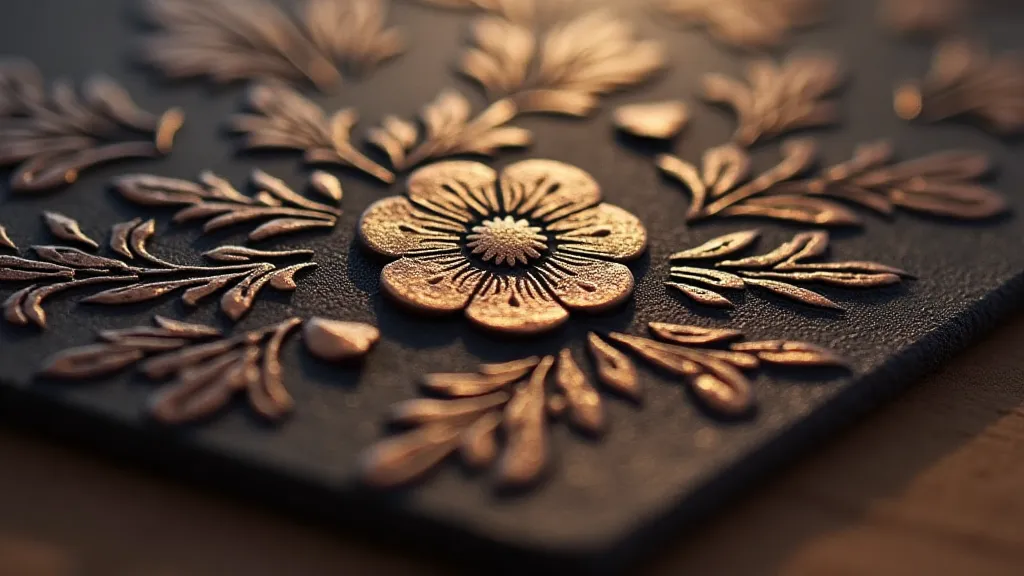
Beyond Function: A Glimpse into a Vanished World
Today, we often view bookmarks as a functional necessity, easily purchased at a bookstore or downloaded onto our devices. We rarely consider the cultural significance that once surrounded them. But to hold a vintage bookmark in your hand is to connect with a bygone era, to glimpse into the lives of those who valued literacy, refinement, and the quiet pleasures of reading.
My grandmother’s collection, now carefully preserved, serves as a constant reminder of this rich history. Each bookmark is a miniature window into a vanished world, a testament to the enduring power of books and the subtle art of self-expression. They whisper of a time when a simple piece of cardstock could speak volumes about one's social standing and literary appreciation – a tangible demonstration of cultural refinement, a whisper of vanity, and a lasting legacy of an era defined by elegance and aspiration.
